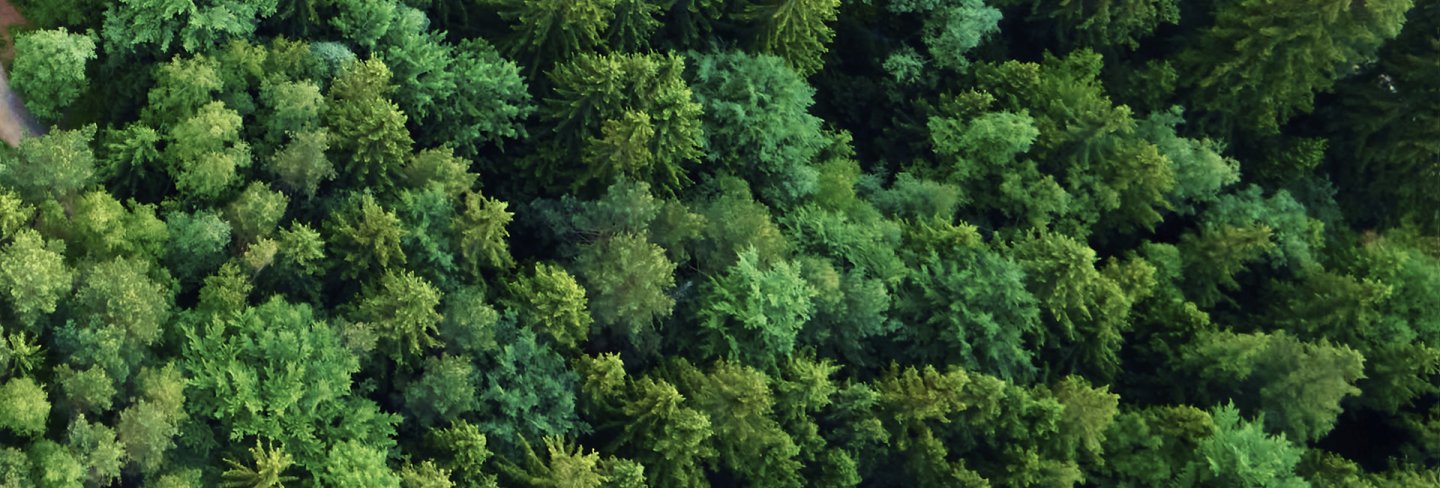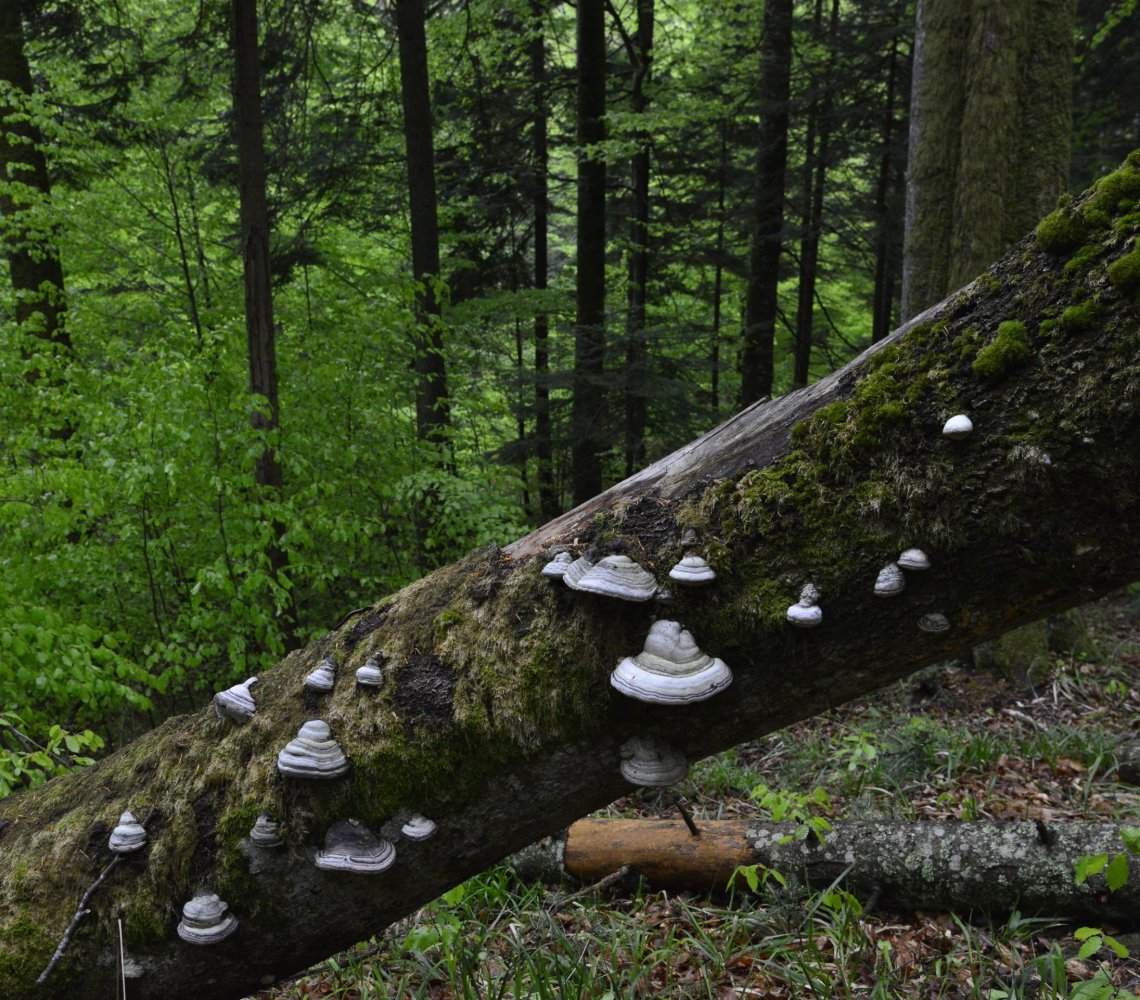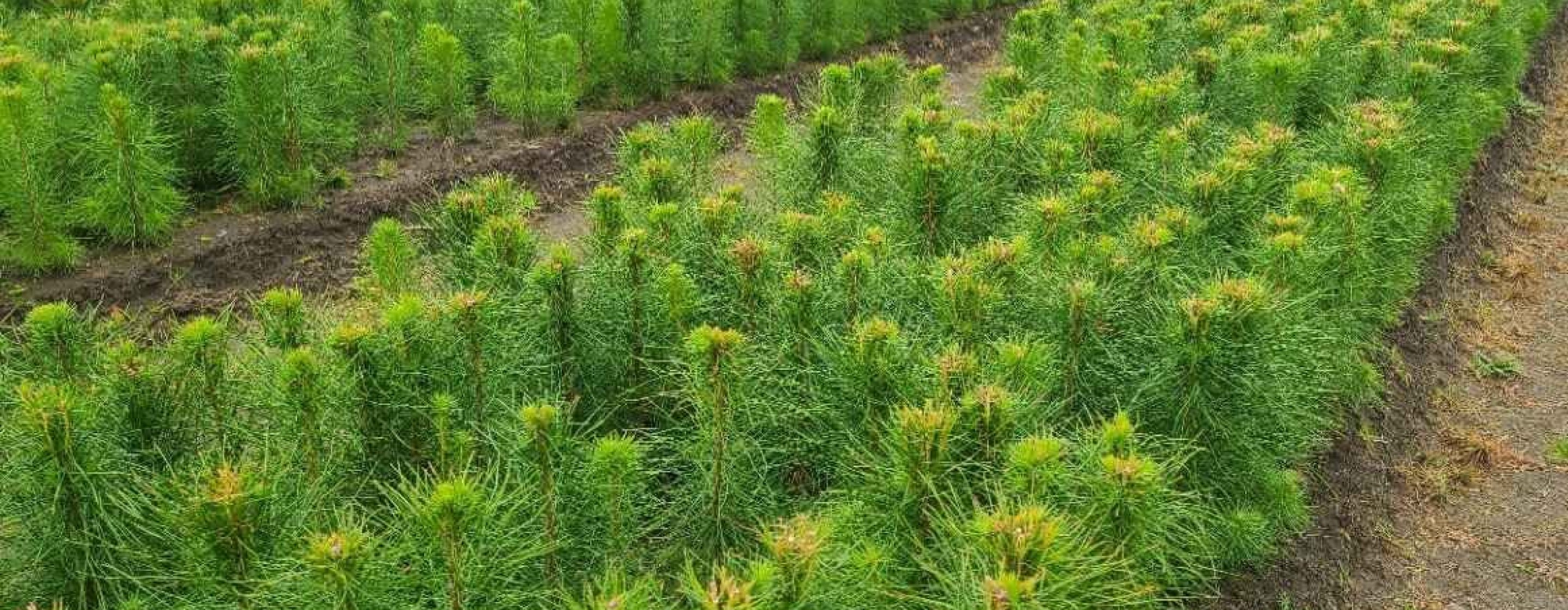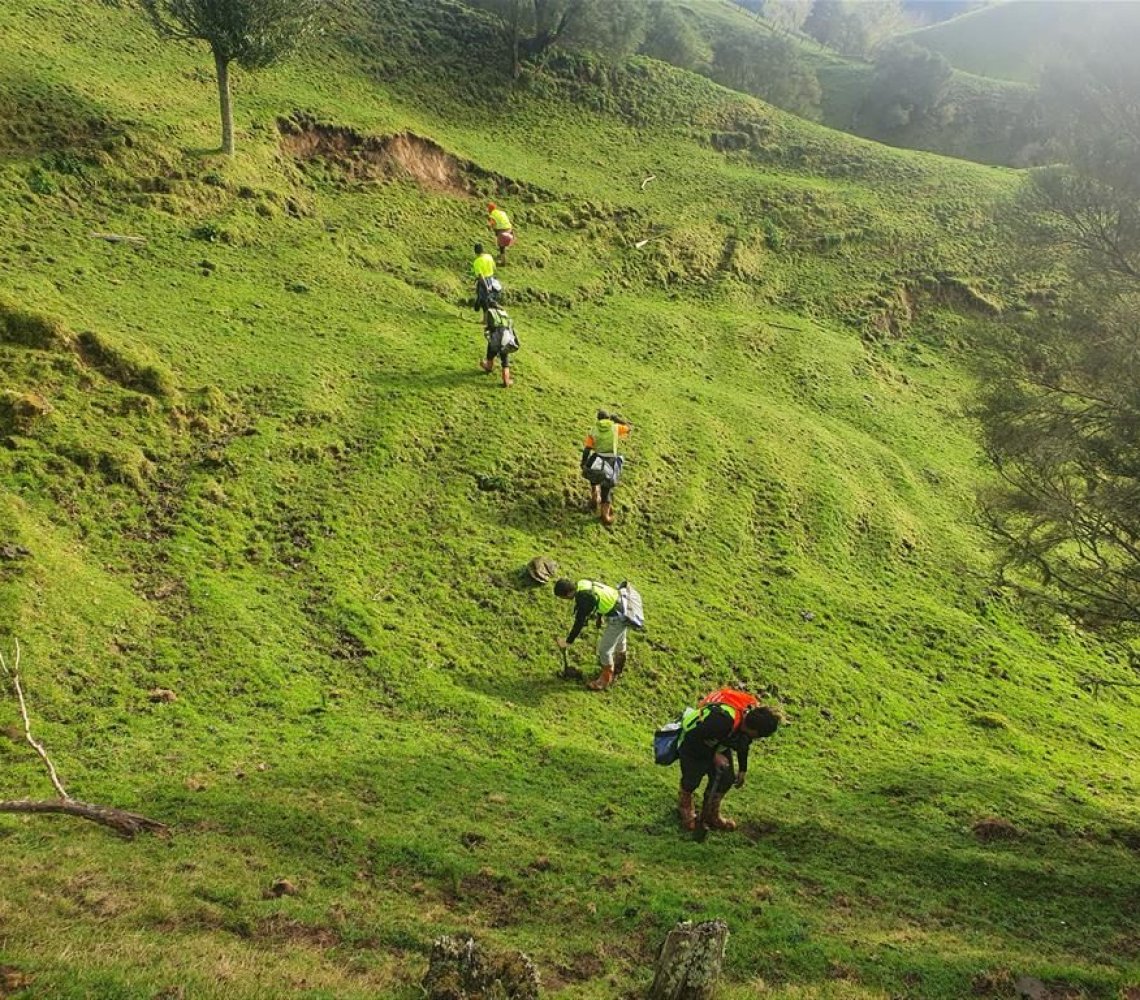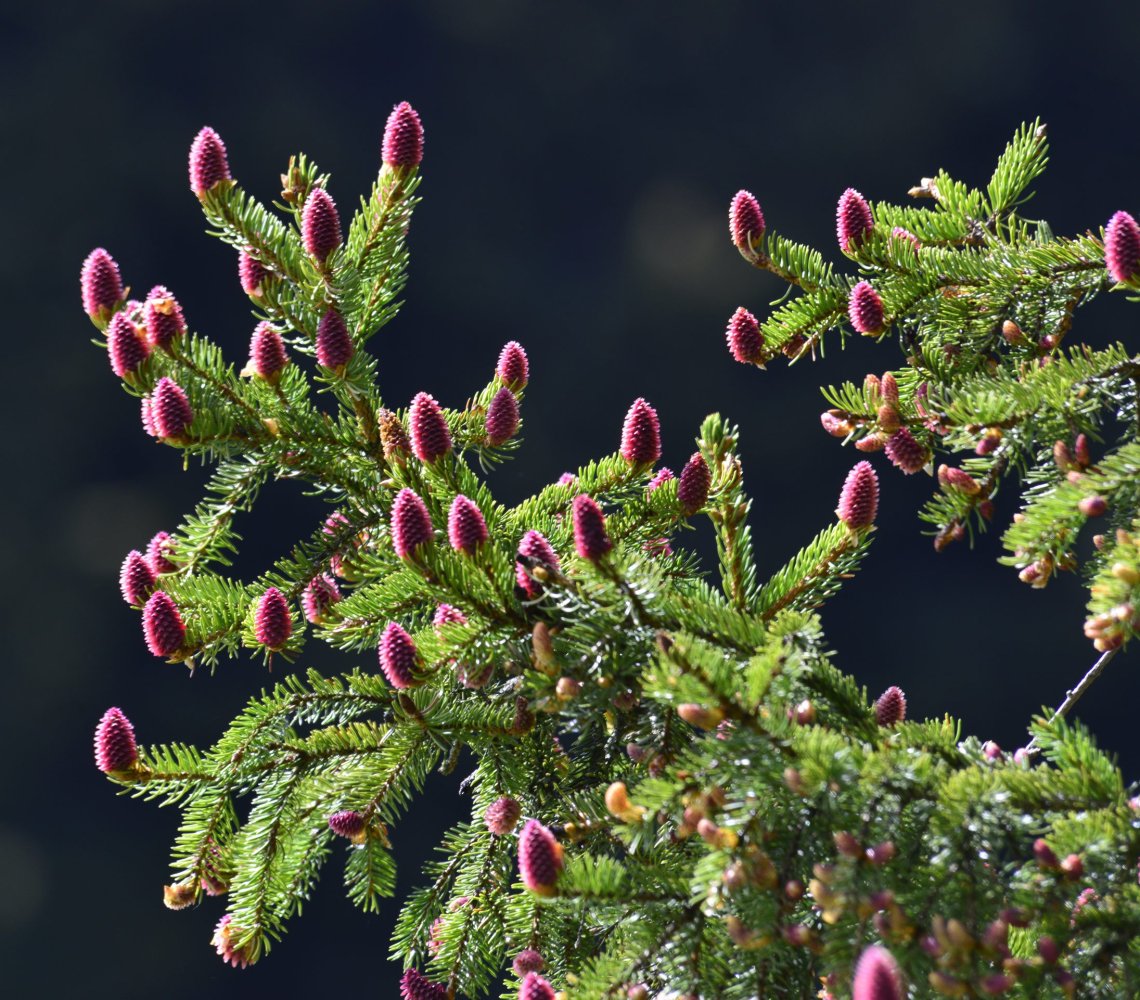Through our everyday work we want to show that responsible forest management is good from both a commercial and environmental perspective. We manage our forest portfolio with a focus on three pillars – wood as a vital resource, engagement with communities and partners and long-term mindset.
– Ingvar Kamprad, 1996
Wood is an essential part of the IKEA identity. We invest in forestland because we believe we can play an important role in supplying wood from more sustainable sources for our everyday lives.
We invest in forestland for the long term to ensure this vital resource is managed responsibly, so that forests remain forests forever. Responsible wood sourcing is crucial for a healthier planet, a more sustainable future and more balanced ecosystems for generations to come.
